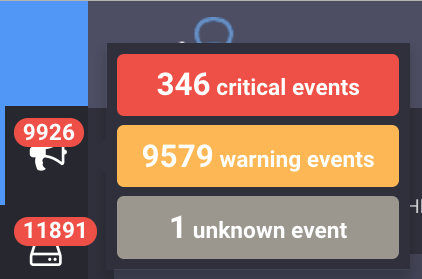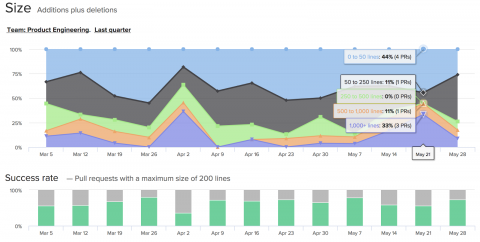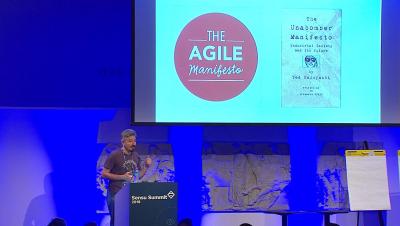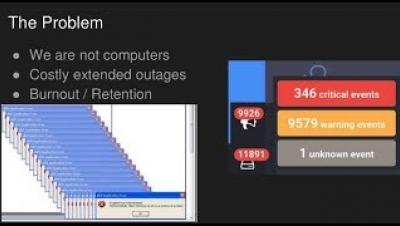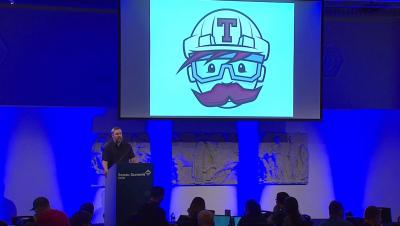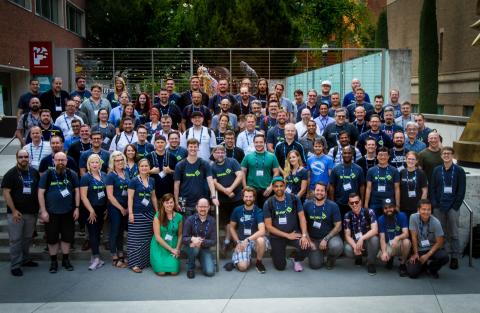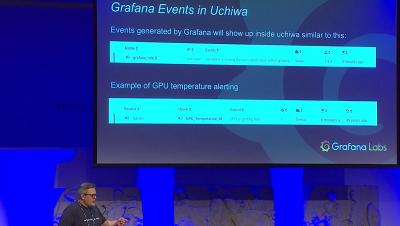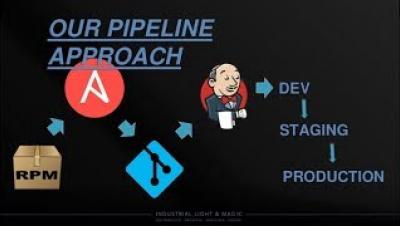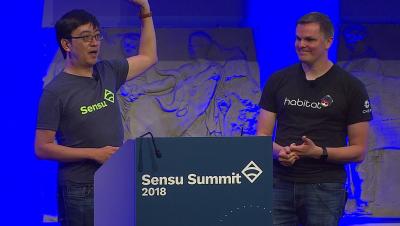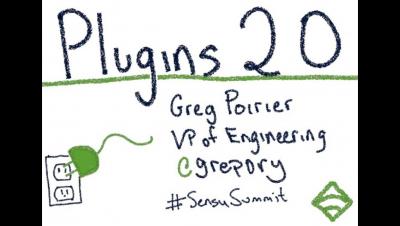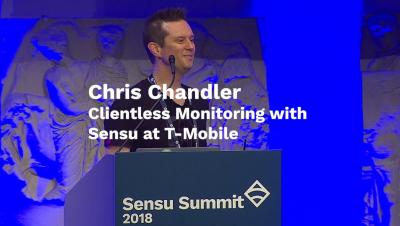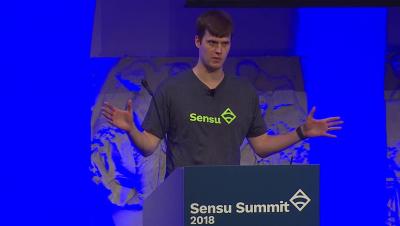Operations | Monitoring | ITSM | DevOps | Cloud
September 2018
Alert fatigue, part 2: alert reduction with Sensu filters & token substitution
In my previous post, I talked about the real costs of alert fatigue — the toll it can take on your engineers as well as your business — and some suggestions for rethinking alerting. In part 2 of this series, I’ll share some best practices for fine-tuning Sensu to help reduce alert fatigue.
Alert fatigue, part 1: avoidance and course correction
Alert fatigue occurs when one is exposed to a large number of frequent alarms (alerts) and consequently becomes desensitized to them. This problem is not specific to technology fields: most jobs that require on-call, such as doctors, experience it in slightly different manners, but the problem is the same.
Building + testing open source monitoring tools
At Monitorama 2018, I shared some of the cool process and knowledge I’ve learned from developing a product for people other than myself to consume. After spending six years on call, I now build software that wakes people up in the night — AKA, infrastructure and tooling for systems monitoring and performance analysis. As someone who’s been there, I’m conscientious about building quality software that people delight in using.
Using NGINX for targeted access to the Sensu Core 1.4 API
NGINX can be used as a proxy to provide authenticated access to specific endpoints for any RESTful service API — including the Sensu API. Below I provide an NGINX configuration to grant external service provides narrow access to only create check results in the Sensu 1.4 API external service providers. But first, here's some backstory of how I got here.
Paul Czarkowski at Sensu Summit 2018: DevOps is dead and servers are dying
Workflow automation for monitoring: 5 things to know about the Sensu monitoring event pipeline
At Sensu, we define monitoring as "the action of observing and checking the behavior and outputs of a system and its components over time." Essentially, you want to be made aware of a problem before your users are.
Alert Fatigue: Avoidance and Course Correction at Sensu Summit 2018
Puppet Sponsor Session at Sensu Summit 2018
Sharing Sensu with multiple teams using Ansible at Sensu Summit 2018
Tales of scale, multi-gen infrastructure, & monitoring Kubernetes at Sensu Summit 2018
Sensu Summit 2018 was a two-day extravaganza, with keynotes, workshops, donuts, and all the monitoring love.




